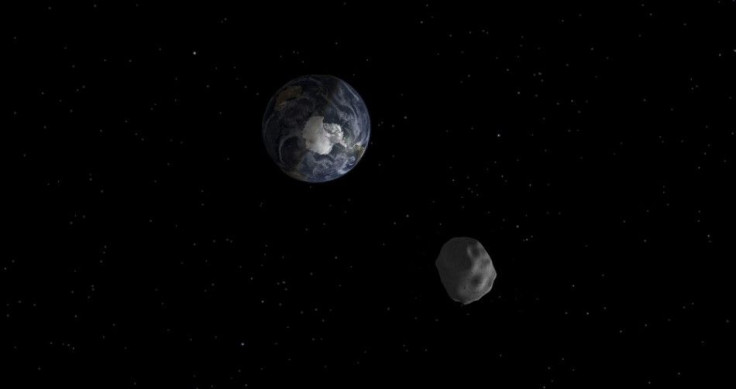Asteroid 2004 BL86 To Have Close Encounter With Earth On Australia Day

On Jan 26, Australia Day, an asteroid named 2004 BL86 will pass near Earth, flying about 745,000 miles or thrice the distance of Earth and the Moon.
Astronomers at the Lincoln Near-Earth Asteroid Research found the asteroid on Jan 30, 2004 using land and space telescopes.
While it is considered a safe distance, it is still a close encounter for an asteroid and the nearest pass-by of Earth on an asteroid. It is also the closest that this particular asteroid would get to Earth at least for two centuries, stated Dr Don Yeomans, retiring head of NASA's Near-Earth Object Programme office in Pasadena, California.
YouTube/MLordandGod
The next encounter would still be more than 12 years away when asteroid 1999AN10 would fly past Earth on Aug 7, 2027 as close as 19,000 miles, reports the Independent.
Amateur space and star watchers could observe Monday's fly-by using small telescopes or powerful binoculars.
NASA will observe it using its antennae at its Deep Space Network in California and equipment in Arecibo Observatory in Puerto Rico. These two facilities would harvest data and take photos using radar.
The space agency has so far zero knowledge about the asteroid. Lance Banner, head of Gladstone radar observations, said NASA is expecting surprises once it receives the first detailed images from radar data on Jan 27.
Yeomans added, "While it poses no threat to Earth for the foreseeable future, it's a relatively close approach by a relatively large asteroid, so it will provide is a unique opportunity to observe and learn more."
He explained that asteroids are the building blocks of life and much of water on Earth. In the future, it would become resources for mineral ores and other important natural resources as well as fuel stops while exploring the solar system.
To contact the writer, email: v.hernandez@ibtiimes.com.au




















